Getting into a new year raises the desire in most people to make new goals, look back and make improvements or change for the better.
Of all the things that can help you in this process, journaling is probably the most powerful.
A habit that, if included into one’s life, shapes the mind and opens the door to creativity & clarity.
So if you have been searching for new and interesting approaches to journaling, you are in the right place.
Here are 9 creative approaches to journaling that will uplift your practice and you make the best out of the following year.
Table of Contents
Gratitude Journaling- Develop a Positive Attitude Every Day.

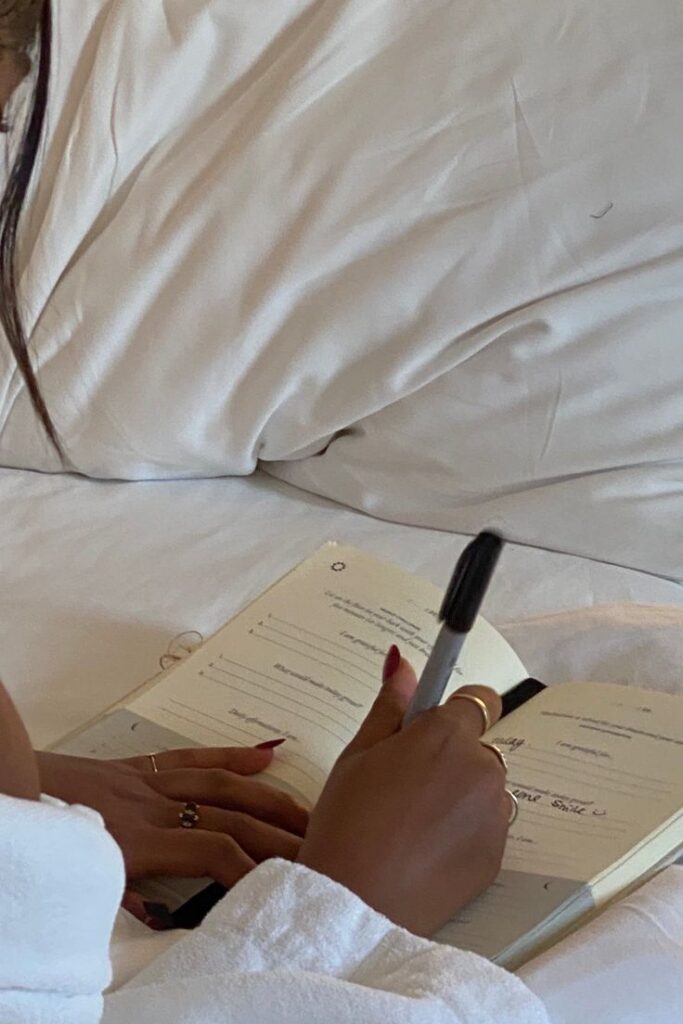
The technique of gratitude journal is easy yet powerful. Before or after waking up or going to bed, try writing 3 things that you are grateful for today.
They can be as large as a favorable performance review at your workplace or as small as the first sip of coffee in the morning or a stranger’s smile.
This habit helps in moving from a scarcity mentality, where you are, to an empowering attitude that there is more than enough.
Slowly you will see your way of thinking change and develop a more optimistic outlook towards life and the small things that are good for you.
To make this practice even more effective, try not to say the same gratitude too often at least. It helps inspire you to focus on new aspects of your day and let you appreciate things that you never paid attention to before.
Reflective Journaling- Learn from Your Experiences.


As a new year demands reflection on the past year, it still remains fresh. Take a few pages to reflect on your past experiences, both the good and the bad.
What gave you the most satisfaction? What challenges did you face and what were the outcomes? Journaling gives you the opportunity to discharge feelings, to applaud successes, and to pinpoint factors and insights that will help in future.
Writing Line
“What has been learned from the previous year that the learner wishes to take into this year?”
Goal-Setting Journaling.


Everyone has goals, but putting them in writing sets them apart from expectations and gives us hope that we can work toward reaching the goals that are set.
When writing a journal, that would be the best time to write down your goals for the year, and if possible, plan shorter and achievable goals for the year.
Success can be defined as viewing your planning in order of time which should contain milestones plans, and positive impact execution plans alongside other main sections of the planning that are SWOT plans containing challenges and solutions to them.
This kind of journaling helps make you responsible and keeps you on track.
Make a vision board on a sheet in one of the pages of your journal. Write your goals in the form of doodles, pictures scrapped from magazines or plain written description.
Morning Journaling: Unclutter Your Mind.

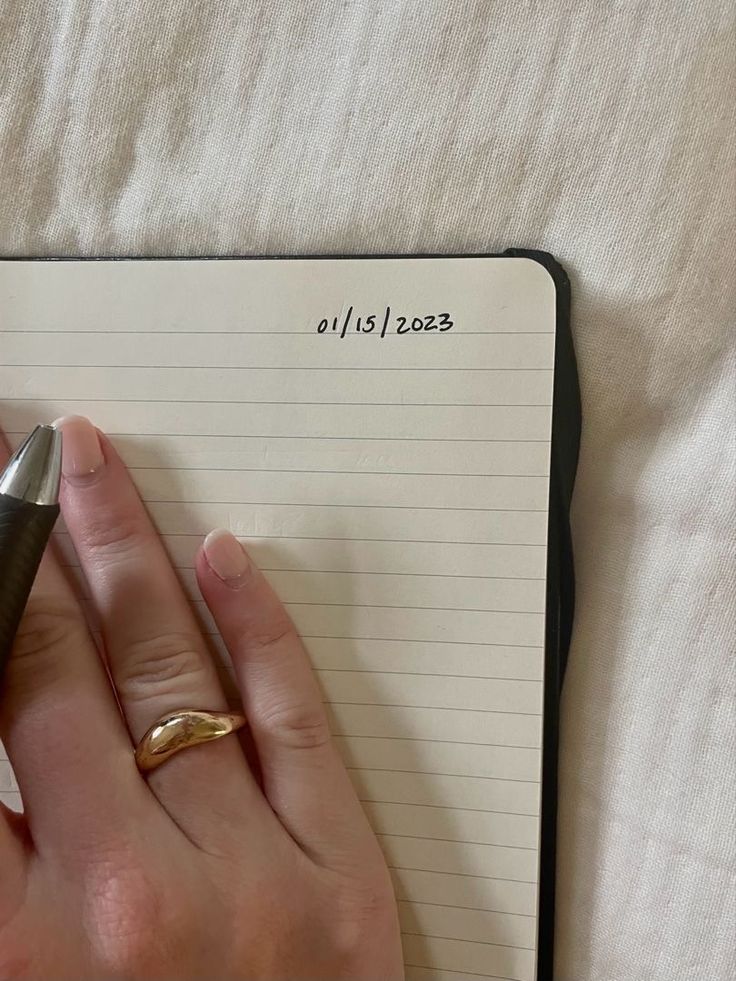
Some of the practices include writing three pages of free writing every morning without even reading what is written known as the morning pages most of which are from Julia Cameron’s The Artist’s Way.
This practice sharpens your mind and sort of reduces or eliminates the big fog in your head and helps when you want to kick start your day.
Don’t think much of grammar and linkages, just type what comes to mind.
If three pages seem overwhelming then begin with one and slowly progress upwards. Here the idea is to be regular more than being as accurate as possible.
Themed Journaling: See Areas of Your Life in Pictures.
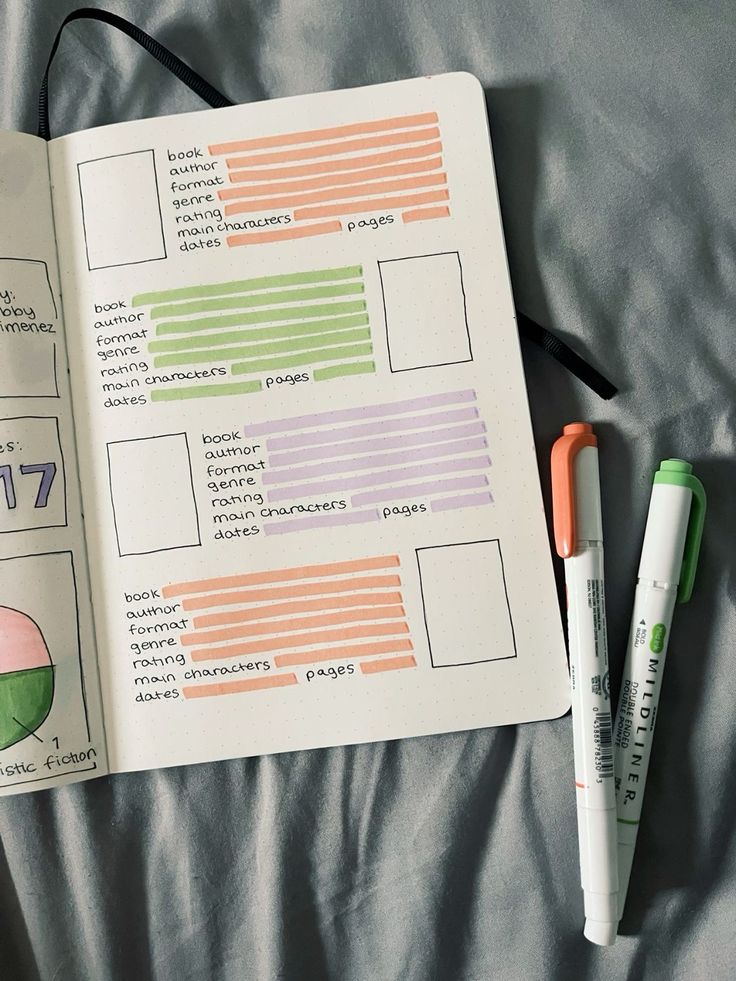
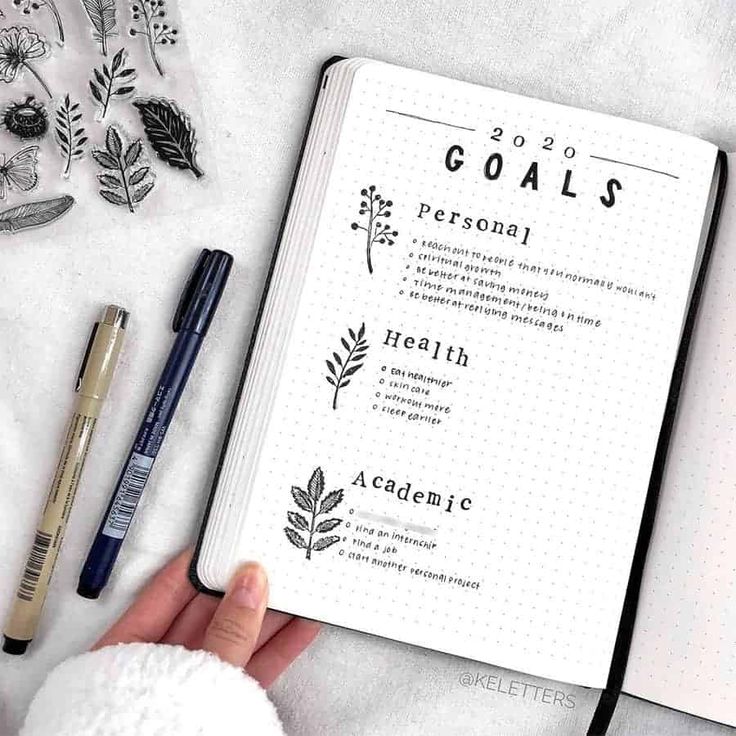
Perhaps, having a focused theme in your journaling would help, it could be a particular part of your life.
For example:
Health & Wellness Journal: Jogging your exercise, food intake, and mood.
Travel Journal: Save documentation of trips with photos, tickets and highlight any experience that was memorable.
Creativity Journal: Draw or doodle, scribble poems, or think of propositions.
Since, organizing through themes pushes you to explore just one area in greater detail, it proves highly effective.
Habit-Tracking Journaling: Promote and Maintain Growth of Positive Habits.
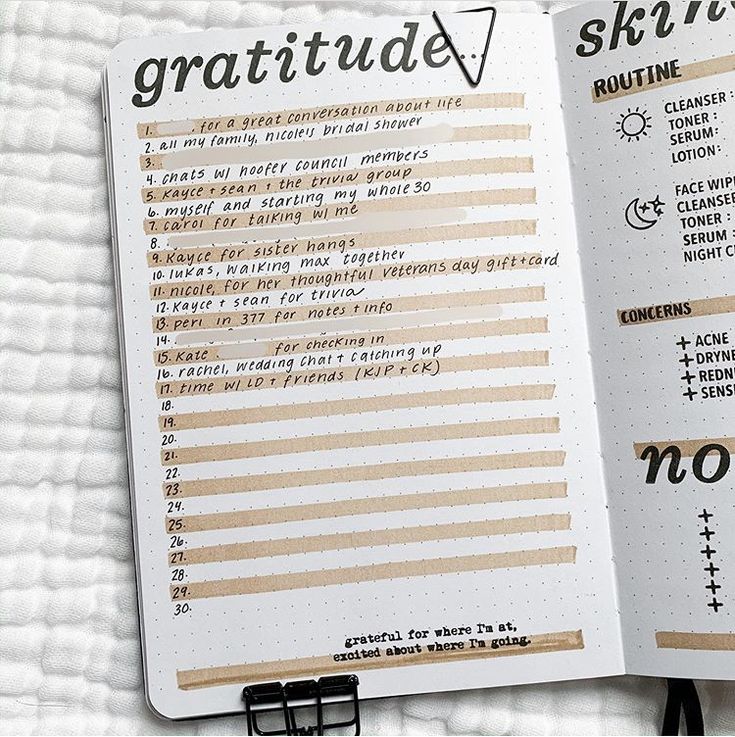
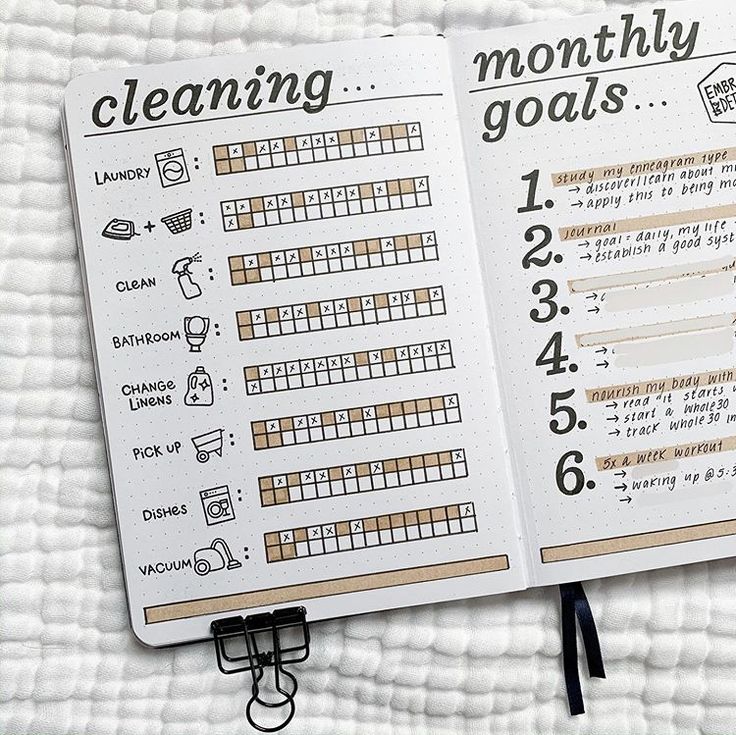
Habit tracker is the system of tracking behavior changes. It might seem silly but it is actually quite helpful.
Draw a grid with the days of the month timelines with good habits that one wants to develop on the other end of timelines.
Every day that you get to practice a habit, cross it out. This way, you stay on track and can see some general trends on days that are more or less productive, for days when you think you may need some boosting.
Examples of Habits to Track:
- Drinking water
- Meditating
- Reading
- Journaling itself!
Affirmation Journaling: Rewire Your Mindset.

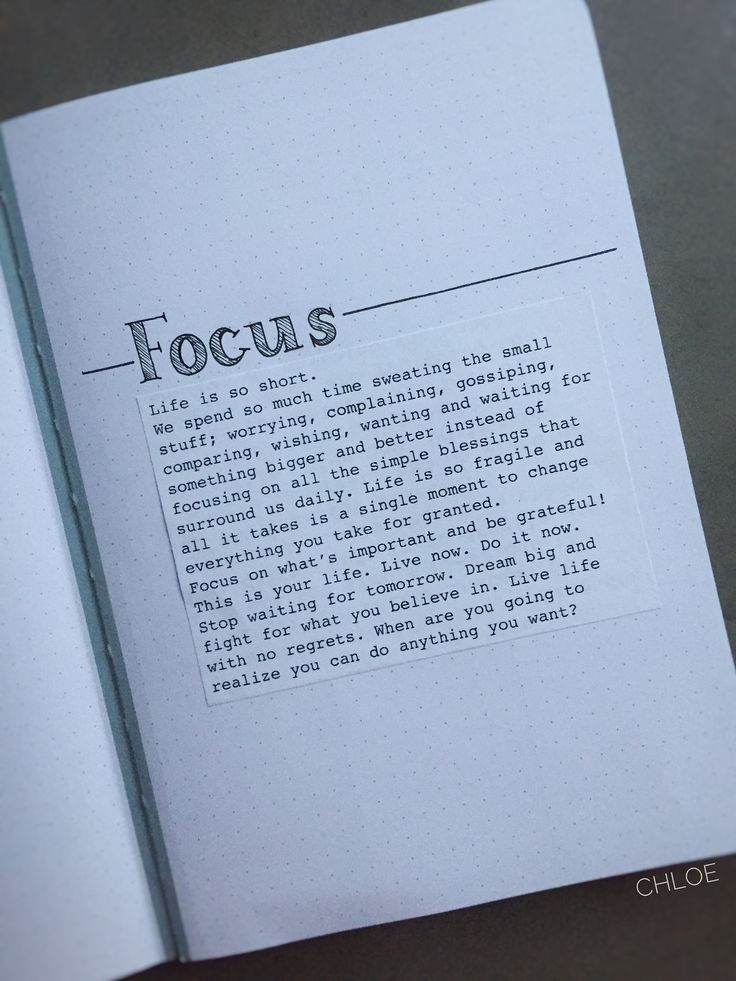
Affirmations are positive messages that can be used in changing the negative attitude of the mind towards developing positive self-defining beliefs.
Take at least five minutes during your morning or evening to write affirmations in a special section of your journal.
For example:
“I will be successful in things that concern me”
This is probably one of my most favorite affirmations as it helps me invite good things into my life.
Reflect on these statements more often and see how your attitude changes.
Affirmations should be written in the descriptive form as though they are already real. This conditions your mind to accept and work towards their realization.
Ignite Creativity and Insight
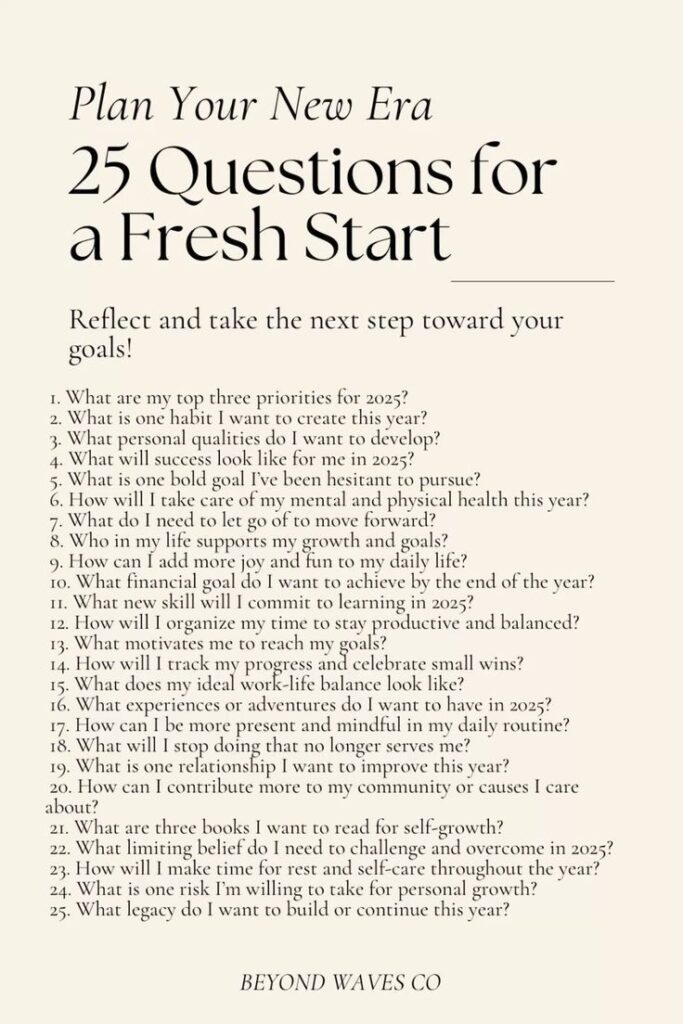
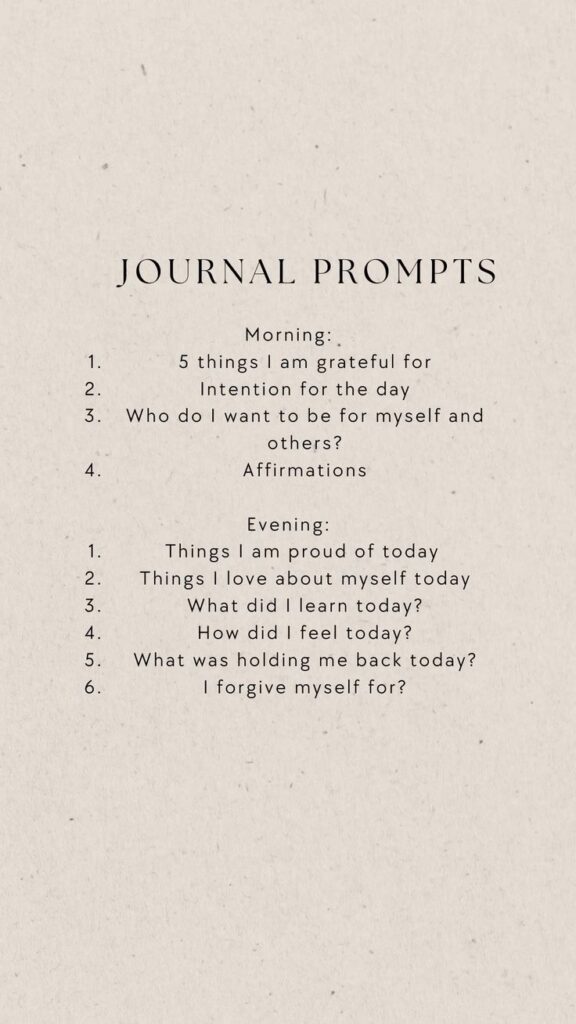
It is always equally intimidating to sit in front of a clean paper and start writing.
Well, that is where I come up with what we call prompts into play. Tips help you come up with ideas and direct your writing.
Here are a few to get you started:
“What would I like to do if the world allowed me to do it for a day and why?”
“How do I define success?”
“Who do you look up to, and what do you like about them?”
If you want something more different you can look for more prompts online or even set your own.
Free-Flow Journaling: Let Your Thoughts Run Wild


It seems that the best time for journaling is when there is no plan at all to achieve.
It has been designed to allow without control as it flows along the pages of the journal.
This is a great opportunity to get in touch with your subconscious, work out feelings and get aware of some new or suppressed wants or phobias.
To begin, Just pick a word, phrase or mood and try to write from the perspective of whatever comes to mind from that. Most often there are no formalities—just get on with it.
#Extra Insight If You Are In Doubt About Your Journaling Practice
Invest in a Journal You Love, When you are using a writing notebook, whether a wonderful writing notebook design or a small writing notebook using a spiral notebook and pick something that would make you want to write more.
Set a Routine
Make an effort to decide when you should most effectively dedicate your time to journaling – it could be in the morning with your coffee or at night before going to sleep.
Experiment
It should be understood that experimenting is possible and quite effective when moving between the styles and techniques.
Make It Your Own
To personalize your journal, stickers, washi tape or colorful pens should be added. This is very inspiring and it also makes the experience rather joyful.
Conclusion
Mind mapping is a very personal process and there is no correct or incorrect method to do it. The only thing to be understood here is to settle on the approved procedure and then even when it goes wrong to not change.
Through these nine approaches, you are guaranteed to unlock fresh ideas of yourself and ensure this calendar year is intentional and engaging as never before. Well then take your pen, open to the first page of your journal and off we go!



Hi my family member I want to say that this post is awesome nice written and come with approximately all significant infos I would like to peer extra posts like this